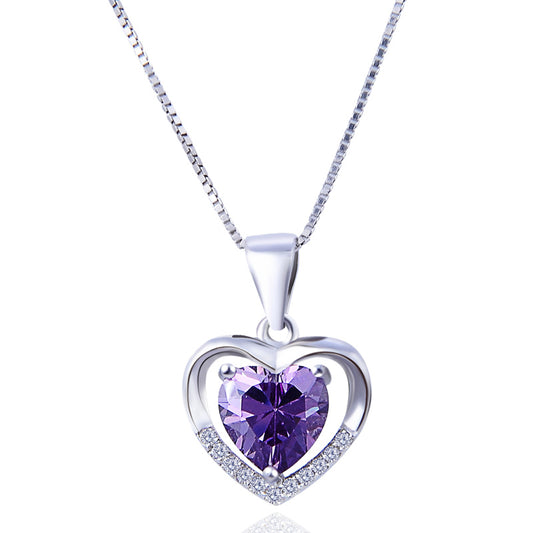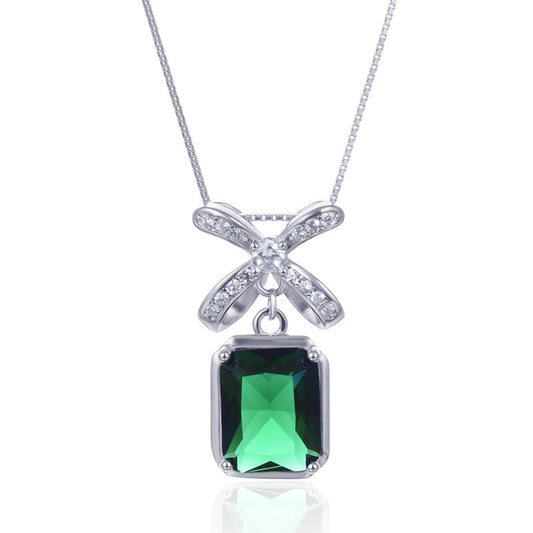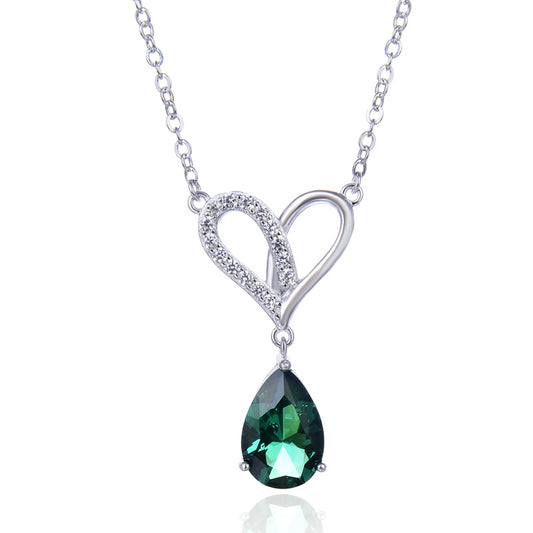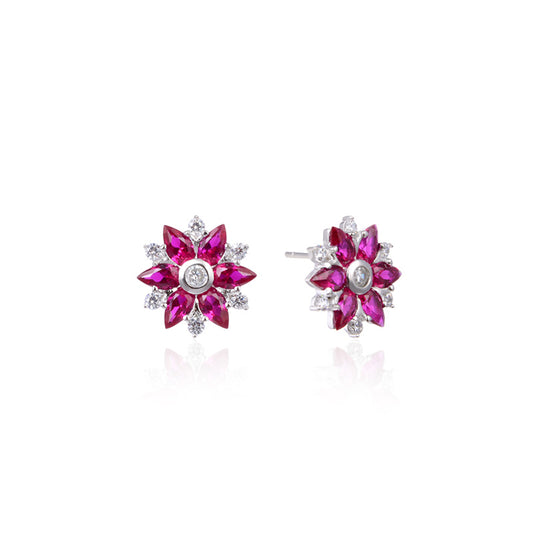
The Lustrous Dilemma: 825 or 925 Silver?
Amidst the glitter and glamour of jewelry, the question often arises: Is 825 or 925 silver better? This inquiry, though seemingly simple, unravels a complex tapestry of metallurgy, aesthetics, and value.
At the heart of this debate lies the essence of silver itself—a precious metal renowned for its luster and malleability. Silver, in its purest form, is too soft for everyday wear, making alloys like 825 and 925 silver indispensable in jewelry making. These alloys, composed primarily of silver and mixed with other metals like copper, nickel, or zinc, strike a balance between durability and luster.
The numbers 825 and 925 refer to the silver's fineness—that is, the percentage of silver in the alloy. While 925 silver contains 92.5% silver and is widely recognized as sterling silver, 825 silver, with its 82.5% silver content, is less common but equally alluring.
When it comes to bracelets and bangles, the choice between 825 and 925 silver often boils down to personal preference. Some admire the subtle warmth of 825 silver, finding it more complimentary to their skin tone. Others prefer the bright luster of 925 silver, which speaks of classic elegance.
In the realm of earrings and pendants, the alloy's impact on the overall aesthetic is even more pronounced. Delicate drop earrings in 925 silver, for instance, dangling gracefully from the earlobe, exude a timeless charm. Conversely, 825 silver pendants with their unique patina and warmth can add a touch of bohemian luxury to any outfit.
The story is no different when it comes to rings. A 925 silver ring, polished to perfection, can be a timeless symbol of commitment or love. Its bright luster, unmarred by time, speaks volumes about the enduring nature of the relationship it represents. On the other hand, an 825 silver ring, with its subtle imperfections and unique patina, can be a beautiful testament to the wearer's individuality and appreciation for the imperfect beauty of life.
Necklaces, too, are transformed by the choice of silver alloy. A sleek and shiny 925 silver chain, draped elegantly around the neck, can be the perfect complement to a professional attire. In contrast, an intricate 825 silver necklace with its warm hues and vintage charm can add a touch of boho-chic style to a casual meet-up.
The allure of silver is not limited to its traditional forms. Pearl jewelry, for instance, is elevated to new heights when paired with the right silver alloy. Whether it's a string of pearls set against 925 silver or an 825 silver pendant adorned with a single pearl, the combination is both classic and contemporary.
For those who prefer a more luxurious touch, gold-plated jewelry offers the perfect blend of elegance and opulence. Gold-plated 925 silver pieces, with their bright and shiny finish, are the epitome of luxury. Meanwhile, 825 silver pieces with a subtle gold plating can strike a perfect balance between understated elegance and luxury.
The rose gold trend, too, has found its way into silver jewelry. Rose gold-plated 925 silver pieces, with their warm pinkish hue, are the perfect blend of femininity and luxury. On the other hand, 825 silver pieces with a rose gold finish can add a touch of vintage romance to any outfit.
In the end, the choice between 825 and 925 silver boils down to personal preference and the intended use of the jewelry. While 925 silver, with its bright luster and wide recognition, is a classic choice for everyday wear and special occasions, 825 silver, with its warm hues and unique patina, can be a beautiful and unique alternative for those who appreciate the imperfect beauty of life.
Regardless of your choice, remember that the true value of jewelry lies not in its metal content but in the sentiment it carries and the stories it tells. After all, jewelry is not just a carrier of style but also a keeper of memories and a symbol of love.









